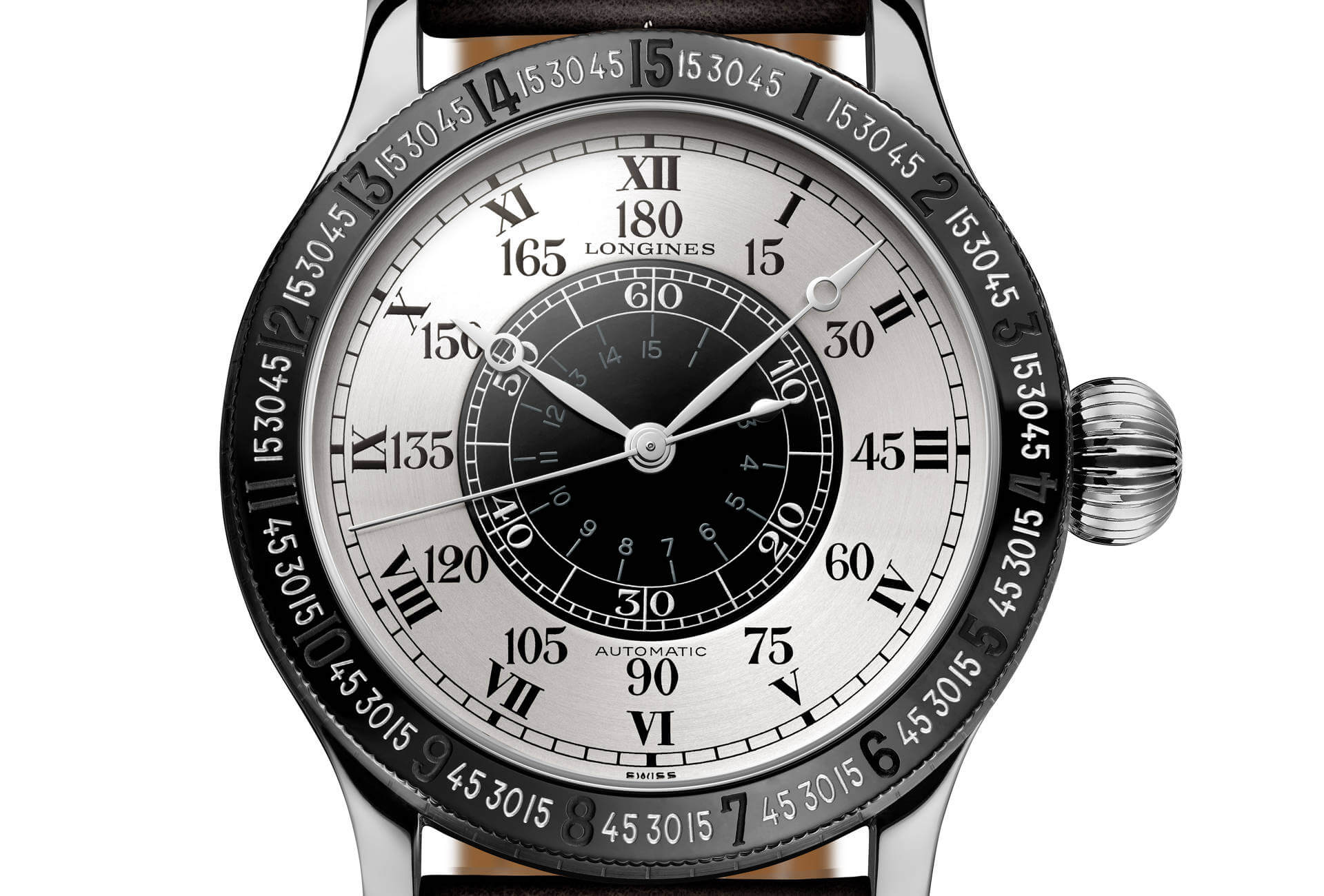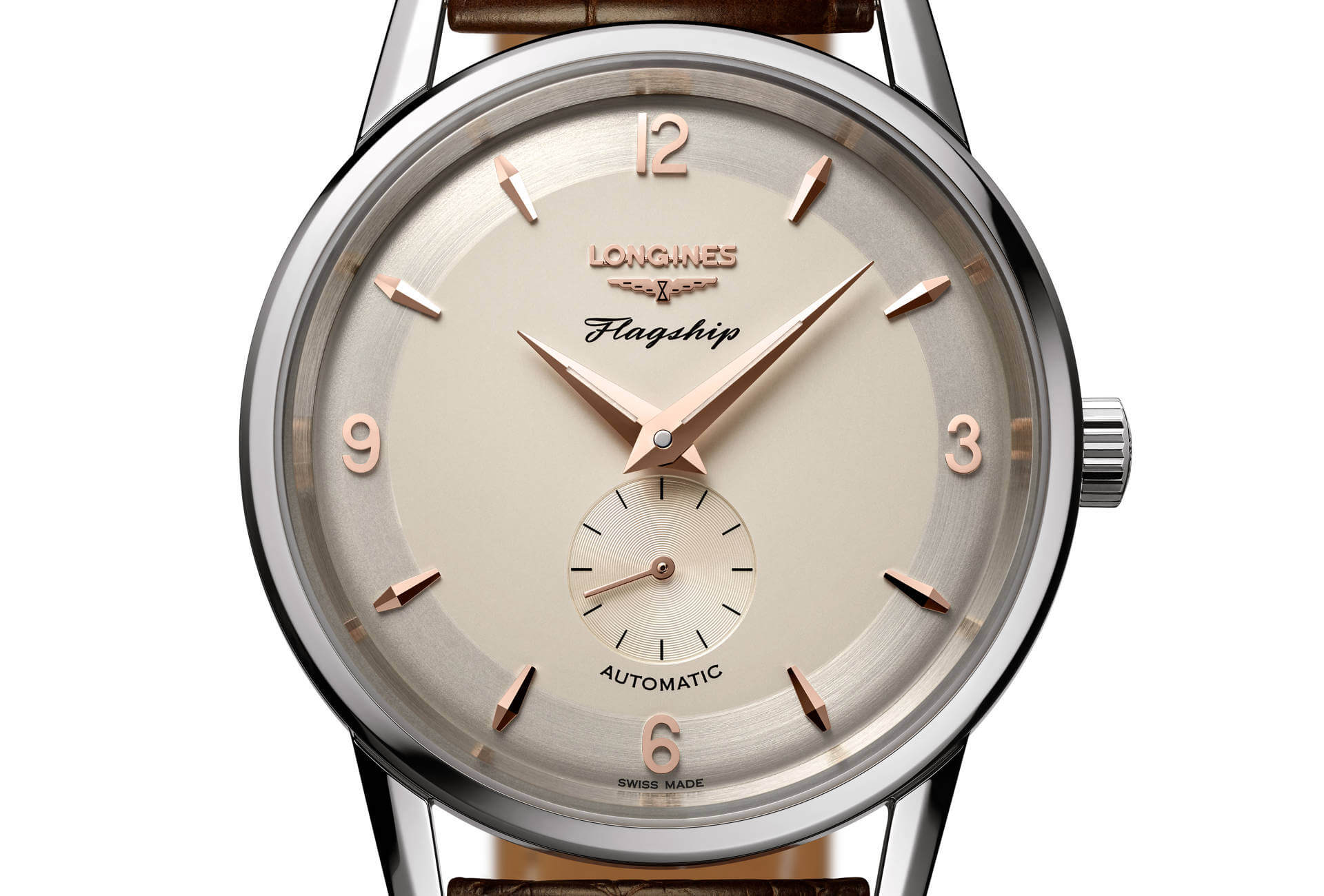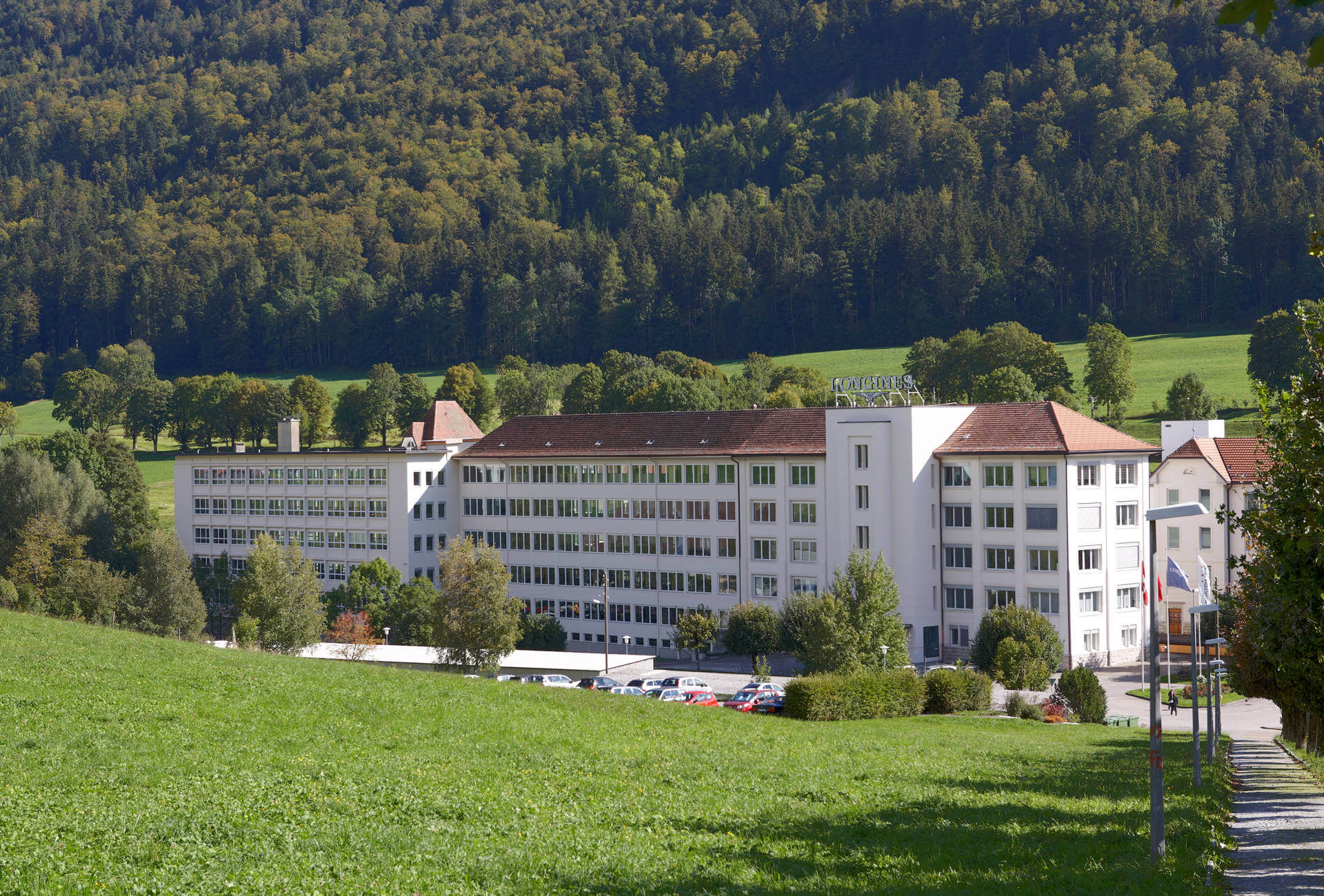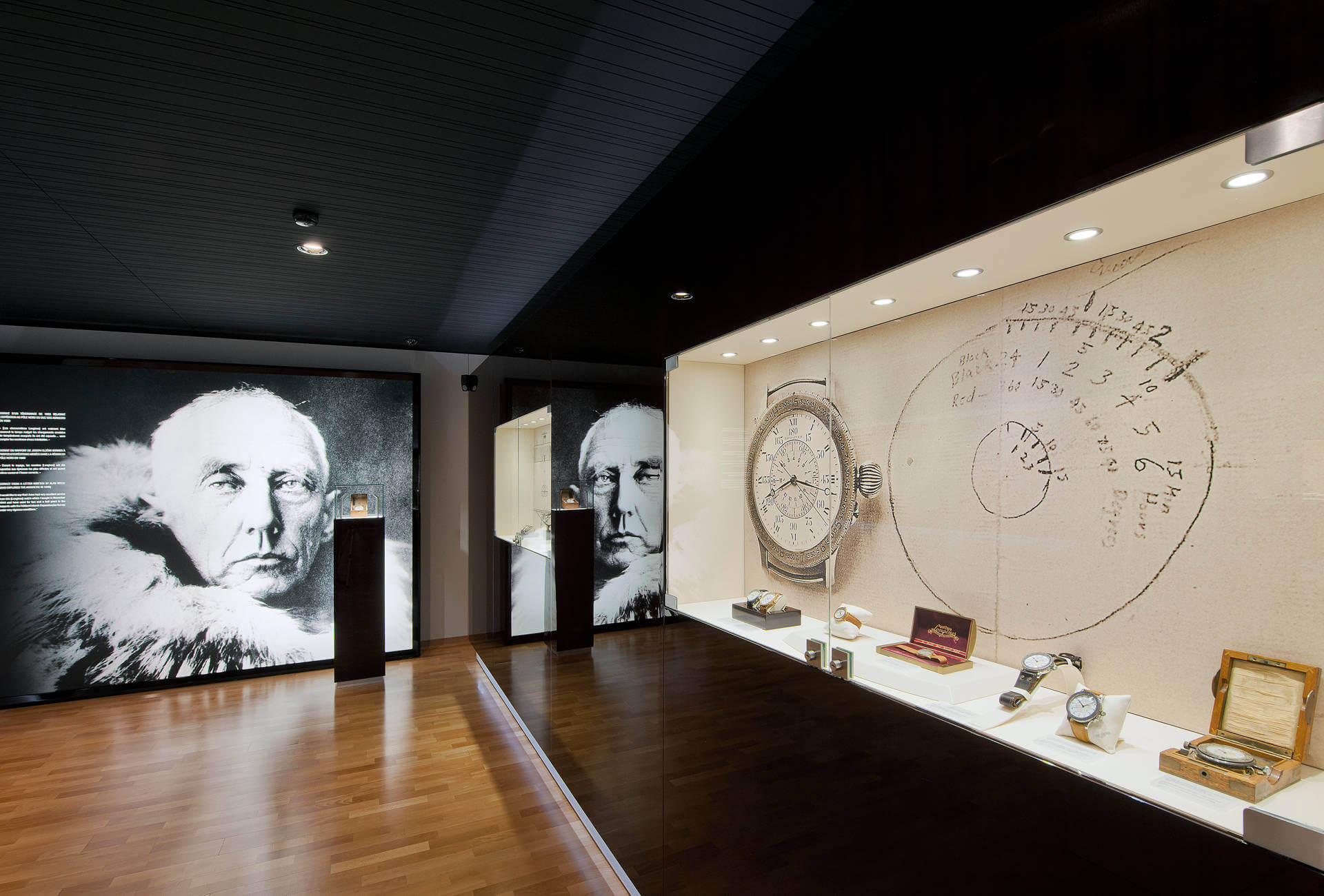He may pepper his speech with colourful images, Walter von Känel runs a tight ship, and Longines can thank him for it. The Boss, as he’s known, is a stickler for principles and that includes respect for tradition. Putting rules into practice, the Longines buildings are home to a magnificent museum where some 10,000 historic timepieces are conserved. Unlike Mr von Känel’s office, which he has declared a digital-free zone, the museum is sitting on a fabulous digital tool. Every single livre d’établissage (which record production and quality procedure) since the creation of Longines in 1932 has been scanned and saved, as have all the invoice books and archives. The resulting database is truly one of a kind in the industry. It is expanding too, as requests come in from clients and new watches are digitally catalogued. Walter von Känel fought hard for these archives, thanks to which the brand can trace every one of the 47 million or so watches it has sold to date! The more recent the model, the more documented its entry, complete with photos, construction diagrams and in some cases even a record of repairs.
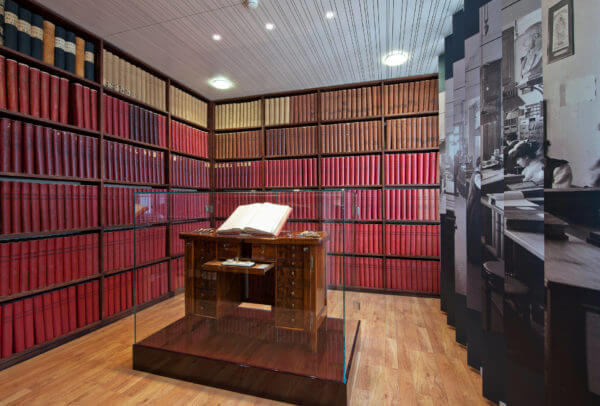
So far, Longines N° 200 in Japan can stake its claim as the oldest known piece, although the honour of being the oldest piece in the museum goes to Longines N° 335 – bought from a German collector and magnificently restored. Because while the museum is one thing, the restoration workshop is the perfect complement to it. It can extend tender loving care to watches made by Longines since 1867: the year the factory opened in a place known locally as Es Longines (“long meadows”), where it still stands today, and also when Longines made its first movement, the 20A, that went on to win a medal at the World’s Fair in Paris that same year.
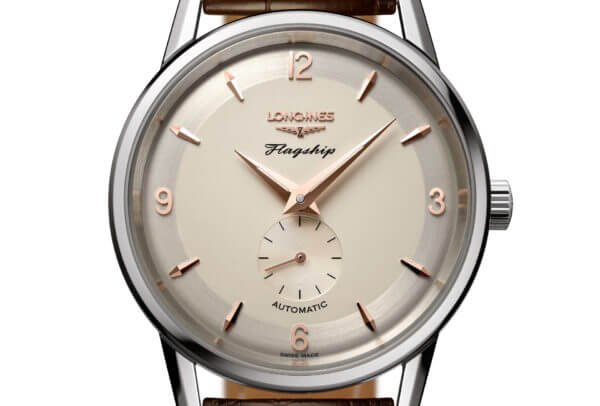
A world of superlatives
There’s no downtime at this Heritage workshop, where some two thousand watches, made between 1867 and 1984, arrive each year for restoration. Fortunately the restorers can count on a stock of components covering every period and, should a part not be available, the watchmakers are equipped to make it themselves, the old-fashioned way. Which is, it should be said, a rare occurrence – just three times in the past ten years. As Julien Bochent, head of the Global Customer Service division, explains, his teams have scoured the globe for stocks of original Longines components which they have tracked down as far afield as Chile and Argentina. Chile also being the venue for the company’s latest “historic watch competition” in 2016, when the brand invites all the owners of a Longines timepiece to come and have it registered, with a special mention for the oldest one. No fewer than 1,200 participants queued at the Longines boutique in Santiago, eager to show off their vintage gems.
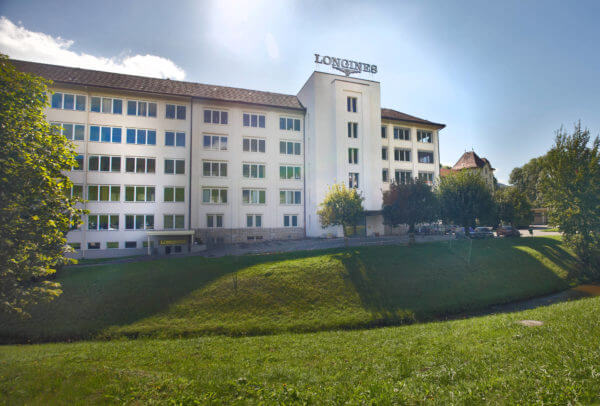
Longines operates on a big scale in all domains. The Swiss customer service department is organised to handle twenty thousand watches a year (ones made after 1984), whether for servicing, a battery change or repair work. In China the number rises to a thousand a day, keeping a fifty-strong team of watchmakers busy. Still in the thousands, no fewer than six thousand watches leave the Saint-Imier factory every day, where the brand recently opened a fully automated storage warehouse which it is already planning to expand. It’s here, at its historic site, that Longines manufactures the two automatic calibres at the heart of its mechanical collections: the L888.2 and the L595. Exclusive to Longines, they are derived from the A31 and A20 calibres by ETA, Swatch Group’s movement-making arm that has set up production actually inside the Longines factory. “When in 1988 we gave up Longines in-house calibres, I was totally opposed to the idea,” says Walter von Känel. “I was wrong. Without ETA’s cooperation, we’d never have got to where we are today.”
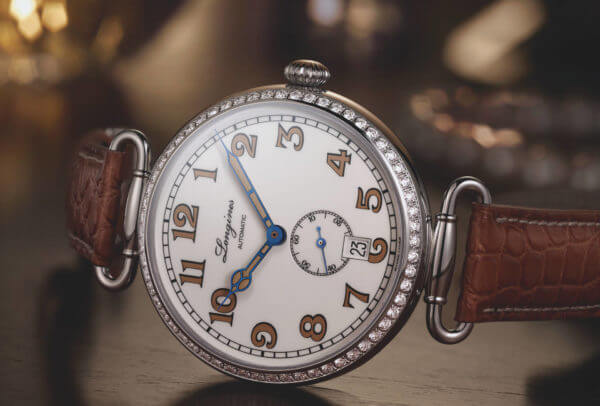
An invaluable partner
With ETA by its side, Longines is effectively in good hands. A tour of the semi-automated workshops, with their machining centres that have been designed to handle large volumes, and where tasks are broken down with mathematical rigour, confirms that nothing has been left to chance. Precison, reliability and innovation are the order of the day. Longines needs a new movement? ETA has the answer. Often this comes down to adapting one of its tried-and-tested calibres – the L688.2 column-wheel chronograph movement is a case in point, being derived from the famous 7750 – which opens the way for truly competitive prices. Something more complicated? No problem. The Master collection holds its own in terms of useful functions, with world time, power-reserve indications, moon phases, chronograph with full calendar, not forgetting original displays such as a quadruple retrograde (day, date, seconds and dual time).
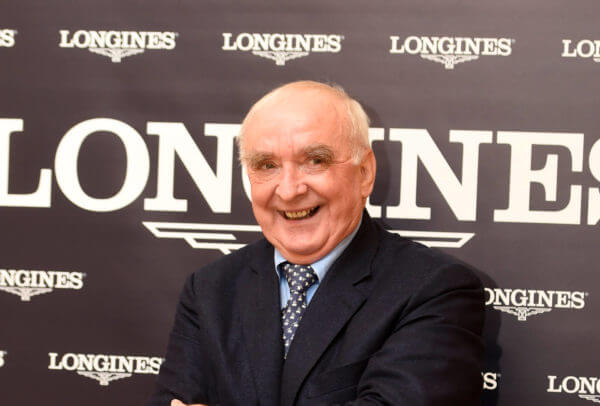
This year, teams are working on a new movement for the forthcoming Record range. It will be the first at Longines to incorporate a silicon balance spring and as such will be COSC-certified. Also on the cards is the VPH (Very High Precision), a latest-generation quartz movement that took four years to develop. Features include a perpetual calendar, a revolutionary anti-shock system, and a magnetic field detector that stops the movement, which automatically resets once the “danger” has passed. All this plus a four-year battery life and fiendish precision thanks to a maximum deviation of ± 5 seconds a year. This new calibre has launched as part of the Conquest range at under CHF 1,000, and could well become the envy of others in the group. Not that it matters. As Walter von Känel so often says, “Longines sells watches, not movements.” Reliable watches at reasonable prices. Elegant, traditional watches. Watches “The Boss” has taken out to conquer the world.










